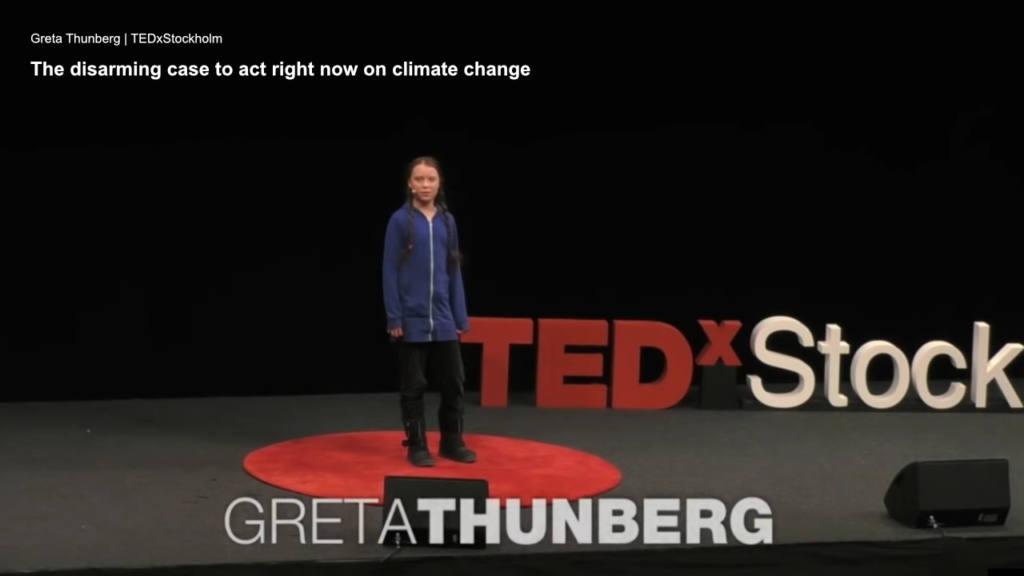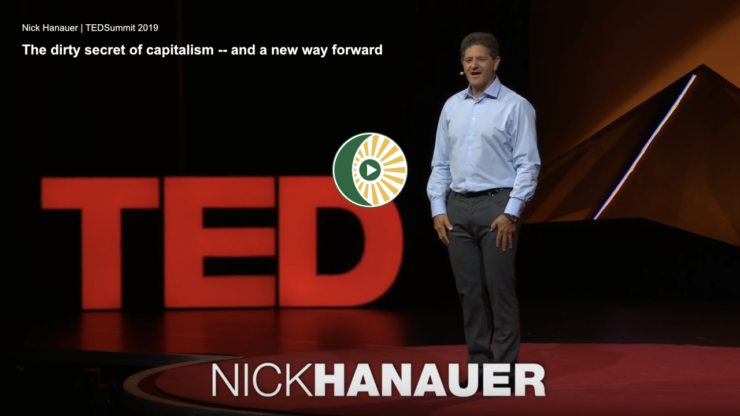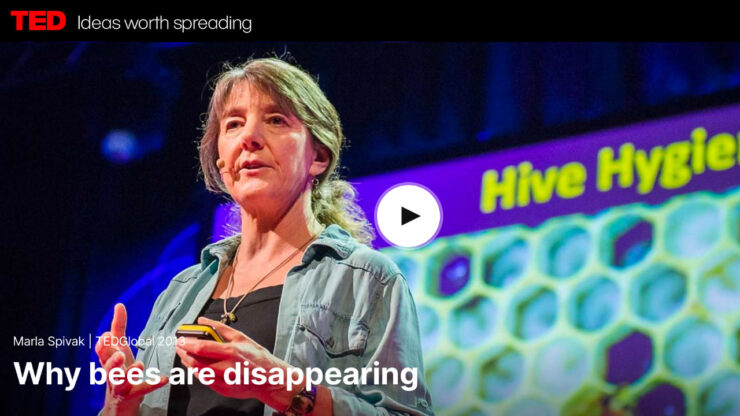Introduction to Existential Imperatives
Bees are an endangered species. Like all life on Earth, bees are affected by Climate Change and Habitat Destruction. Three top reasons bees are dying faster are due to pesticides, poor nutrition and parasites. Humans are also affected because bees pollinate plants we eat and make honey. No bees means significant loss of crops, growth in starvation, diminishing diet, no honey, go figure. Not my idea of a healthy future.
Like bees, humans are also being affected by pesticides, pollution, and plastics. We also have to rebuild our homes and food supply after fire, wind, earthquakes, mudslides, floods, extreme cold and heat storms.
Habitat for Health recovery concepts are based on lower common denominators to help rebuild what GAIA, individuals, families and communities lose. In other words H4H designs and manages construction using Bottom Up Resources. The main difference between bottom up and top down resources is the point where time and money enters the economic exchange part of capital equations.
Top down housing initiatives are not fulfilling affordability goals when inflation grows and fixed incomes stay fixed - or don't keep pace. The gap grows faster as qualification for subsidized housing is protracted by government process in an overpriced market with waiting lists of more than a year.
A recent example of application to the B.C. Government for assistance began in August, the tenant was evicted in September, and now more than halfway through November the tenant still has only reams of paper to show for it so far.
Obvious factors affecting such insufficient top down "help" include
- aggressive competition for affordable units,
- inadequate pandemic responses,
- increase in natural disasters caused by climate change,
- insufficient and tardy responses to climate change,
- loss of workforce due to the foregoing,
- early retirement, and
- increase in poverty as cost of living continues to rise faster than people can adapt.
All of the above, and what follows, barely scratches the surface of current events, preventable human suffering, right here, right now in Canada. Where is all the money going? If taxpayers who need it most are suffering, why are governments encouraging oil companies to make the problem worse?
So, what is holding you back from supporting Habitat for Health bottom up, revenue neutral, resource management including places to live, gardens to tend, skills to trade, and a time bank to help manage exchanges?
Environmental Wellness, Hypersensitivity and Accommodation
Brian Hack's special interest, and current rare skill set, is derived from a diverse education and his physical hypersensitivity that helps to identify environmental issues that others may overlook. With due consideration and in some cases experience in what doesn't work or can be improved, costs may be reduced, environments mitigated, or both.
Details are available on the Website but that's just where Brian's been, not where he's going or intends to be. Read on for more. Join the GAIA Fan Club and get into the action. Do or do not. There is no try.
Location
I'd like to start in my backyard which happens to be Vancouver Island. The first relevant question asked and first answer is in the Blog. "How much arable land is needed to sustain just 1 human being?"
Since the article has significant variables, fuzzy logic, and it is more than 6 years old, I'd ask a different question today: "How many people can be sustained on 2 hectares of land?" As a permaculture designer I envision efficiency expansion techniques to include vertical gardening.
Mid Island South and East along the Saanich Peninsula are prime locations for berry cropping, vineyards and other high value market gardens. The weather is mild enough to support a variety of fruits and vegetables found in warmer climates and with minimal frost and freezing protection less hardy varieties may also bear fruit.
Opportunities
Opportunities for displaced persons and families who are willing and able to join and participate in village type of community organizations will benefit most by joining Habitat for Health and/or starting a local one up.
Habitat for Health is planning to startup a prototype Eco-Village (Apiary Project) to document, source, blueprint and share information on how to move from today's Eco-Eco disaster zones to self-sufficient, self-governing, self-employed, sustainable recovery, and prosperity alternatives.
The H4H GAIA First - Pay it Forward - alternatives are underway and instead of competing with existing socioeconomic systems that cull it's no longer useful producers and servants, we are saving or recycling all who want or need hope.
Of course opportunities are based on the equality of time and not on the inequality of money. After all, we work for money to buy things we need and want. So, it's really not a big change to work for time credits to exchange for the same things we need and want and exchange credits for money to buy what we don't produce.
Why pay tax on food, clothing and shelter when you can trade for those essentials instead?
In other words the time bank method increases purchasing power by trading time credits for essential food, clothing, and shelter with other GFC Members at wholesale prices and before your money is taxed. If you need cash, just convert your surplus time credit savings and only pay tax on what you need to withdraw. Go figure!
Early adopters and charter members of the H4H Fan Club are most likely to convert their experiences into tangible assets and new skills sooner. Why wait? Join now to start your tax free food, clothing, and shelter experience today!
Building, Structure, and Fabrication
Technology of building Habitat for Health with geodesic domes is evolving faster than people and organizations can adapt. It makes Habitat for Health a place most people, no matter what their age or experience, can invest time instead of spending it on less valuable activities. The main difference is that H4H is also organized to redistribute health and wealth in more equitable ways. Another reason why early adopters and charter members of the H4H Fan Club are most likely to convert their experiences into tangible assets and new non-taxable skills.
Geodesic domes are best values in home construction because 1/3 less materials are used when compared to buildings of similar floor size. Labor costs are even lower since no special skills or tools are needed to assemble a family size dome. Dome homes tend to have better strength to weight ratio of any residential design.
To top it off geodesic domes are more energy efficient due to 1/3 less surface area to heat and cool. And for persons with environmental special needs, domes are easier to clean, modify and substitute materials as needed.
I write this to invite curious readers to get involved and stake virtual claims for applying or developing skills to solve apparent issues emerging now in current events. Why not learn and grow rich?
Materials and Technology
The geodesic dome framework material of choice is aluminum pipe of sufficient gauge to resist incidental damage. Aluminum is preferred due to its lighter weight which makes shipping and handling less expensive. Steel is a heavier option and each material has its pros and cons.
The factory covering is a durable plastic making dome shell assembly possible in less than a day if floor and foundation is ready for the shell assembly. Plastic dome covers work well for temporary, emergency, guest or construction shelters. What's really nice about permanent home or cottage versions is they can be fitted with a variety of code compliant surfaces that can be swapped or replaced with new or custom interior and/or exterior features.
A basement sunk below the frost line taps into the 10.5 C/51 F average mean temperature of the planet crust making the floor a heat sink that only needs 10.5 C/20 F more heat to get to an average room temperature. Riser walls can be added to increase ceilings in multi-story buildings.
Below the foundation a plastic sheet, vent pipe, and fan can be devised to act as a radon barrier using a sub membrane suction method to reduce exposure if required.
Energy Production, Storage, and Management
Elon Musk popularized the power wall for storage, but he pitched the energy storage systems as a way to make renewable energy more reliable, storing solar energy generated during the day for use at night, for example.
The batteries could allow home owners to live off the grid entirely, or at least avoid interruptions from blackouts. "It's designed to work very well with solar systems right out of the box," Musk said, without specifying a certain brand of panels. (CNBC)
Why stop at just solar systems? The inconvenient facts of free energy sources are that the sun doesn't always shine, wind doesn't always blow, and water doesn't always flow at a usable rate all the time.
However, it doesn't take much imagination to build a co-generation power system. Free power sources finance themselves with savings earned by reducing payments to grid tied systems or better yet, back it up with wind and water generators if you want to retire grid dependence earlier.
So where does storage and management stand in the mix? Power storage is assembled on standard size computer racks with stock components, custom assemblies, 3D printed prototypes and accessories. When enclosures are included in HVAC design, heating and cooling costs can be reduced as well.
Recent advances in graphene applications affecting power supply, storage, scale, and cost are shrinking. Significant 3D printed graphene water filters are being used for desalination and who knows what's next - waste water treatment?
Larger components for heating, ventilation, air conditioning, water supply and waste water management can be sized to code where it applies and located for easy access and operation or possibly sized out of existence.
Habitat for Health
2021 - underway
- Demographic research on capital cities
- Demographic research on cities larger than capitals
- Green business contact research
- Volunteer to learn, earn and start a GFC Project
- Build, complete or launch your own Permaculture project
- Have money but no time - help fund a GFC Project
- Have time but no money - volunteer to learn, earn and prosper on GFC Projects
- GFC Membership is available at no cost as an equal opportunity for Blog subscribers
GAIA Fan Club Projects
Objectives:
- Create a sustainable 3-R project to establish evergreen opportunities and outcomes for GFC Members.
- Raise funds from Memberships to establish and operate research, development and consulting services.
- Incorporate Habitat for Health to operate both
 Greta Thunberg | TEDxStockholm | November 2018
Greta Thunberg | TEDxStockholm | November 2018
In this passionate call to action, 16-year-old climate activist Greta Thunberg explains why, in August 2018, she walked out of school and organized a strike to raise awareness of global warming, protesting outside the Swedish parliament and grabbing the world's attention. "The climate crisis has already been solved. We already have all the facts and solutions," Thunberg says. "All we have to do is to wake up and change." The talk was presented to a local audience at TEDxStockholm, an independent event. TED's editors chose to feature it.
Greta's talk was posted on YouTube February 13, 2019. I found it later during the year. Habitat for Health's first Blog post was published November 19, 2019. Habitat for Health Blog opened January 3, 2020. The World Health Organization declared the outbreak a Public Health Emergency of International Concern in January 2020 and a pandemic in March 2020.
Current US Top Down Response to Climate Change
Habitat for Health is positioned to operate a bottom up response to climate change.
 The video above is 16:55 minutes TED Summit | Aired 2019
The video above is 16:55 minutes TED Summit | Aired 2019
Summary of the H4H Apiary Project
Habitat for Health is rolling out a new economic model this year to develop and test new ways forward. The GAIA First© Economics plan first appeared in the 2020 GAIA Fan Club Ezine. Today the Habitat for Health Blog continues operation as a research, publishing and consulting platform.
The Home site continues to operate like a digital property management firm online. The Apiary Project introduced on January 1, 2021 is now underway. The goal this year is to finance a bottom up 21st Century response to climate change. You're invited to join the GAIA Fan Club.
The 3 most urgent world wide tasks needing correction now are:
- climate change,
- COVID-19, and
- a stalled financial crisis.
Damage from climate crisis like floods, forest fires, and tornadoes happens. When they do, ways to fund repair become a priority. Climate crisis is a very real and present danger. It's because storms are becoming more frequent, more severe and more complicated.
Key Takeaways:
The Apiary Project is preparing a new economic approach:
- Engage more people in more ways to stimulate economic growth in market economies.
- If we truly want a more equitable, more prosperous and more sustainable economy, if we want high-functioning democracies and civil society, we must have a new economics.
- The the good news is, if we want new economic outcomes, all we have to do is choose to have it.
Burden of proof is a legal duty that encompasses two connected but separate ideas that apply for establishing the truth of facts in a trial before tribunals in the United States: the "burden of production" and the "burden of persuasion."
"When two parties are in a discussion and one makes a claim that the other disputes, the one who makes the claim typically has a burden of proof to justify or substantiate that claim especially when it challenges a perceived status quo."
American politics today has devolved into a pissing contest in which one party will challenge another (even a member of their own party) who might vote against or rebut the original challenge implying, also without proof the rebuttal is false. Since many viewers are not formally trained in the ways and means of logic, their question becomes - what?
For example to tell the difference between a Republican and a republicant is to know only one can prove the original claim. Bottom line, Republicans can, and republicants can't - be trusted.
Fortunately, there is a concept of reality and truth in which material things are in the constant process of change brought about by the tension between conflicting or interacting forces, elements, or ideas. You can start by discovering how far along the way you are with respect for dialectical materialism or some less strict form of thought.
H4H uses dialectical methods of proof with TV news reports that comes with pictures as proof of burden.
To be here now implies the present. The past cannot be undone. The future is not yet apparent. Habitat for Health is designed to help reconcile existence in ways that do the least damage.
Habitat for Health consulting specialty is help to accommodate persons living with:
- (CFS/ME) Chronic Fatigue Syndrome/Myalgic Encephalomyelitis,
- (ES/MCS) Environmental Sensitivities/Multiple Chemical Sensitivity
- (FM) Fibromyalgia.
We help GAIA Fan Club Members to...
- assemble small footprint container homes, geodesic domes and mobile structures for use and reuse,
- outfit or retrofit them with newly developed or previously unavailable parts or equipment,
- assist to meet or exceed building and land use codes in urban, suburban or rural locations,
- provide temporary shelter where events of economic or climate disaster response is needed.
Frequently Asked Questions
- GFC Start From Scratch Project is an equal opportunity to learn, earn, save and redeem GFC volunteer pay-it-forward time credits.
- The $30 a month GFC Membership fee is available at no cost to Blog subscribers so fees can be paid by redeeming volunteer pay-it-forward time credits.
- Membership fees are based on project specifications, time, skill and funds needed or raised.
- Evergreen Eco-Eco biz projects may offer employment and/or performance bonus options.
- Ask, and it will be given to you; seek, and you will find; knock, and it will be opened to you when offer and ask agree as projects mature.
The important part is how the words are used in articles of incorporation. The blog, upgrade, credits and beneficiaries are not taxable unless products or services are converted into an asset that can be sold or resold thus taxed.
Members are persons who have extra cash and little or no spare time. Habitat for Health is a business incubator that teaches Members how to make money for GAIA First projects, compensate volunteers (subscribers and members), and pay-it-forward time credits to employees who can then convert their credits as they see fit.
The GAIA Fan Club membership gateway is located via the Habitat for Health Home - Become a Member page.
"Give someone a fish, you feed them for a day.
Teach them to fish, you feed them for a lifetime."
Nonprofit organizations return any extra income to the organization. Not-for-profits use their excess money to pay their members who do work for them. Another difference between nonprofit organizations and not-for-profit organizations is their membership.
Nonprofits have volunteers or employees who do not receive any money from the organization's fundraising efforts. They may earn a salary for their work that is independent from the money the organization has fundraised. Not-for-profit members have the opportunity to benefit from the organization's fundraising efforts.

